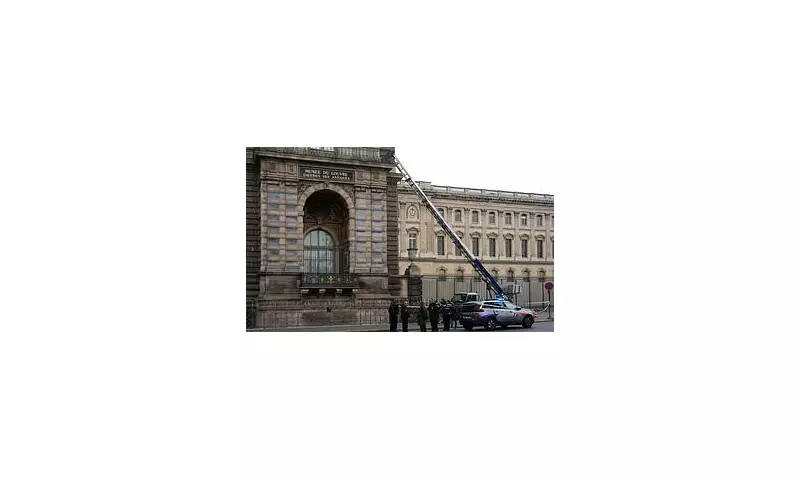
In the hallowed halls of the Louvre, where masterpieces worth billions stand protected by state-of-the-art security, history reveals astonishing gaps in protection that allowed some of the most audacious art thefts in modern history.
The Day the Mona Lisa Vanished
The most famous art heist of all time unfolded on August 21, 1911, when an unassuming Italian handyman named Vincenzo Peruggia simply walked out of the museum with Leonardo da Vinci's masterpiece tucked under his smock. The theft was so brazen it defied belief - the painting remained missing for over two years while the French police conducted what became one of the largest manhunts in art history.
"The security was almost non-existent by today's standards," explains art crime historian Dr. Eleanor Vance. "Peruggia had hidden in a broom closet overnight and simply removed the painting from its frame in the morning, walking out as if carrying a delivery."
A Modern Armour Heist
More recently, in 1995, the Louvre suffered another embarrassing security breach when a complete suit of 16th century parade armour disappeared from under the noses of guards. The intricately crafted steel suit, valued at over £200,000, vanished from a supposedly secure display case.
What makes this theft particularly troubling is that it occurred despite the museum having significantly upgraded its security systems following the Mona Lisa incident. The armour remained missing for three days before being discovered hidden in a storage cupboard within the museum itself.
Security Lessons Learned
The Louvre's turbulent history with thefts has forced dramatic improvements in museum security worldwide. Today, the museum employs:
- Over 1,200 security personnel monitoring 24/7
- Advanced motion detection systems
- Pressure-sensitive flooring around key exhibits
- Thermal imaging cameras
- Anti-theft frames with vibration sensors
Despite these measures, art experts warn that determined thieves continue to find innovative ways to bypass even the most sophisticated security. "The value of cultural artefacts makes museums perpetual targets," notes international security consultant Mark Richardson. "The Louvre's experiences serve as crucial lessons for institutions worldwide."
The Mona Lisa now sits behind bulletproof glass with dedicated guards and multiple surveillance layers, a far cry from the simple wall mounting that enabled its disappearance over a century ago. Yet the memory of these daring thefts continues to haunt the corridors of one of the world's greatest treasure houses.





